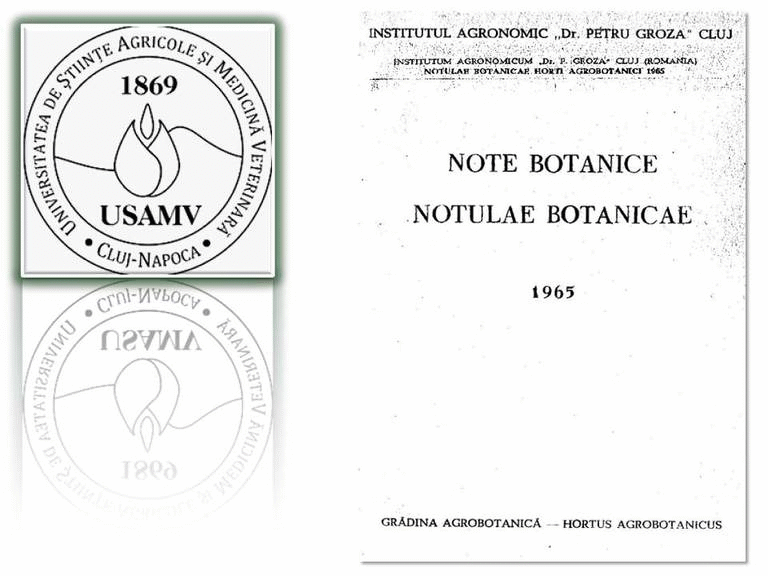Chemical Composition of Selected Beetroot Juices in Relation to Beetroot Production System and Processing Technology
DOI:
https://doi.org/10.15835/nbha44210372Abstract
Market offer of vegetable juices in Europe is growing, and the vegetable species and processing technologies used become more diversified resulting in a large range of juice types. At the same time consumers look for natural and safe products with pro-health properties. The aim of this study was to evaluate the nutritional composition of selected juices based on beetroots coming from different agricultural systems and processed according to different technologies. Research material consisted of conventional and organic juices marketed in Poland, in that pure pressed juices, fermented juice and juices from concentrate, pure and combined with apple or lemon juice. The concentration of vitamin C, organic acids, total and reducing sugars, phenolic acids, flavonoids and betalains has been determined in the juices. All beetroot juices were abundant in betalains, with higher concentrations of these compounds found in pure beetroot juices when compared to juices combined with apple or lemon. Highest concentration of betanin-3-O-glucoside was found in pure conventional juice from concentrate, while highest betanidin content was found in pure organic fermented juice. Highest vitamin C contents were found in pressed organic juices combined with apple and lemon. All juices were abundant in polyphenols, mainly phenolic acids, with highest concentrations of these antioxidants found in conventional pure pressed juice. The study shows that beetroot juices, independently on the beetroot processing technology and agricultural production system, are very valuable products due to the presence of numerous bioactive compounds, especially betalains, in their composition. Therefore beetroot juice consumption should be promoted among consumers.
Downloads
Additional Files
Published
How to Cite
Issue
Section
License
Copyright (c) 2016 Renata KAZIMIERCZAK, Agata SIŁAKIEWICZ, Ewelina HALLMANN, Dominika SREDNICKA-TOBER, Ewa REMBIAŁKOWSKA

This work is licensed under a Creative Commons Attribution 4.0 International License.
License:

Open Access Journal:
The journal allows the author(s) to retain publishing rights without restriction. Users are allowed to read, download, copy, distribute, print, search, or link to the full texts of the articles, or use them for any other lawful purpose, without asking prior permission from the publisher or the author.











.png)







